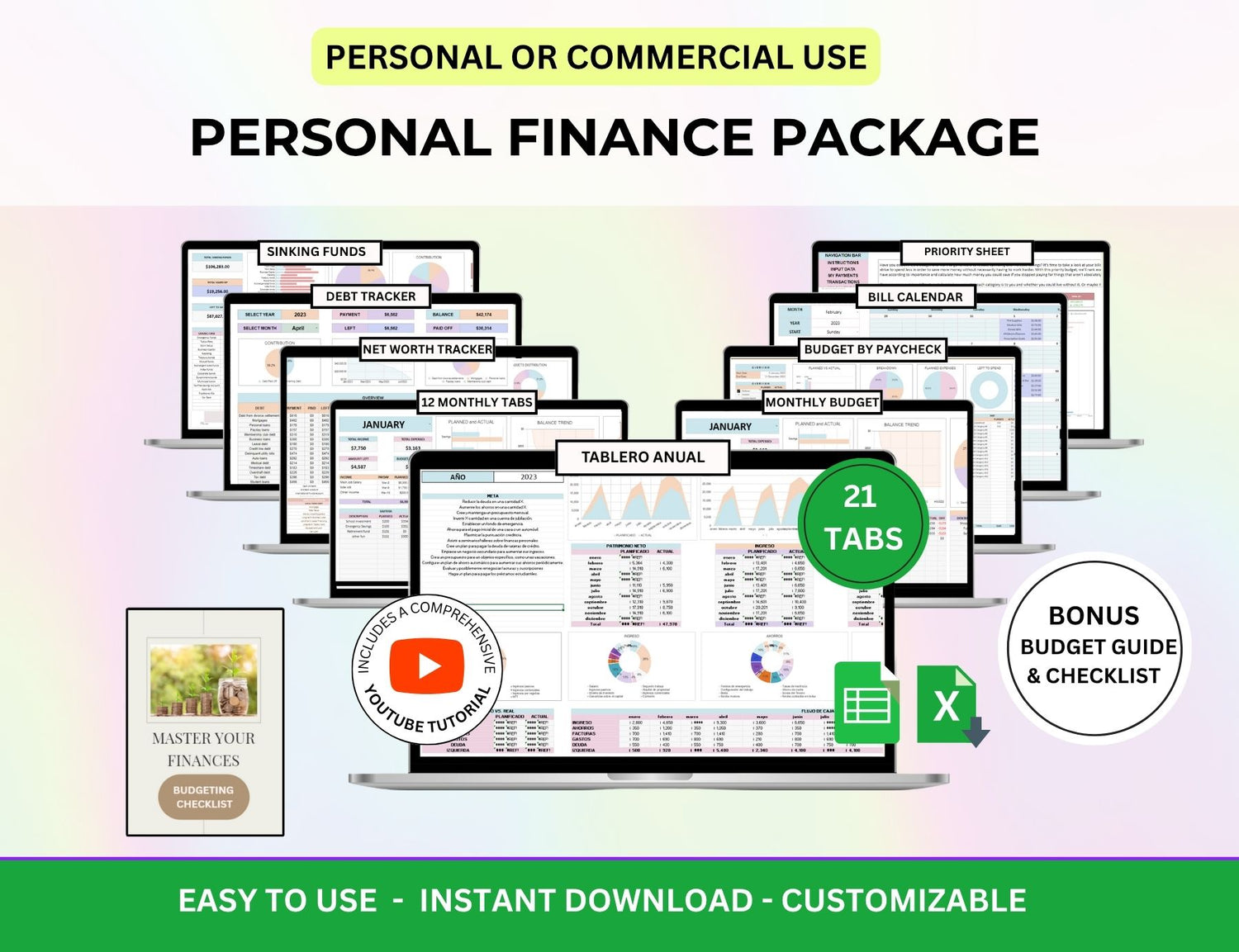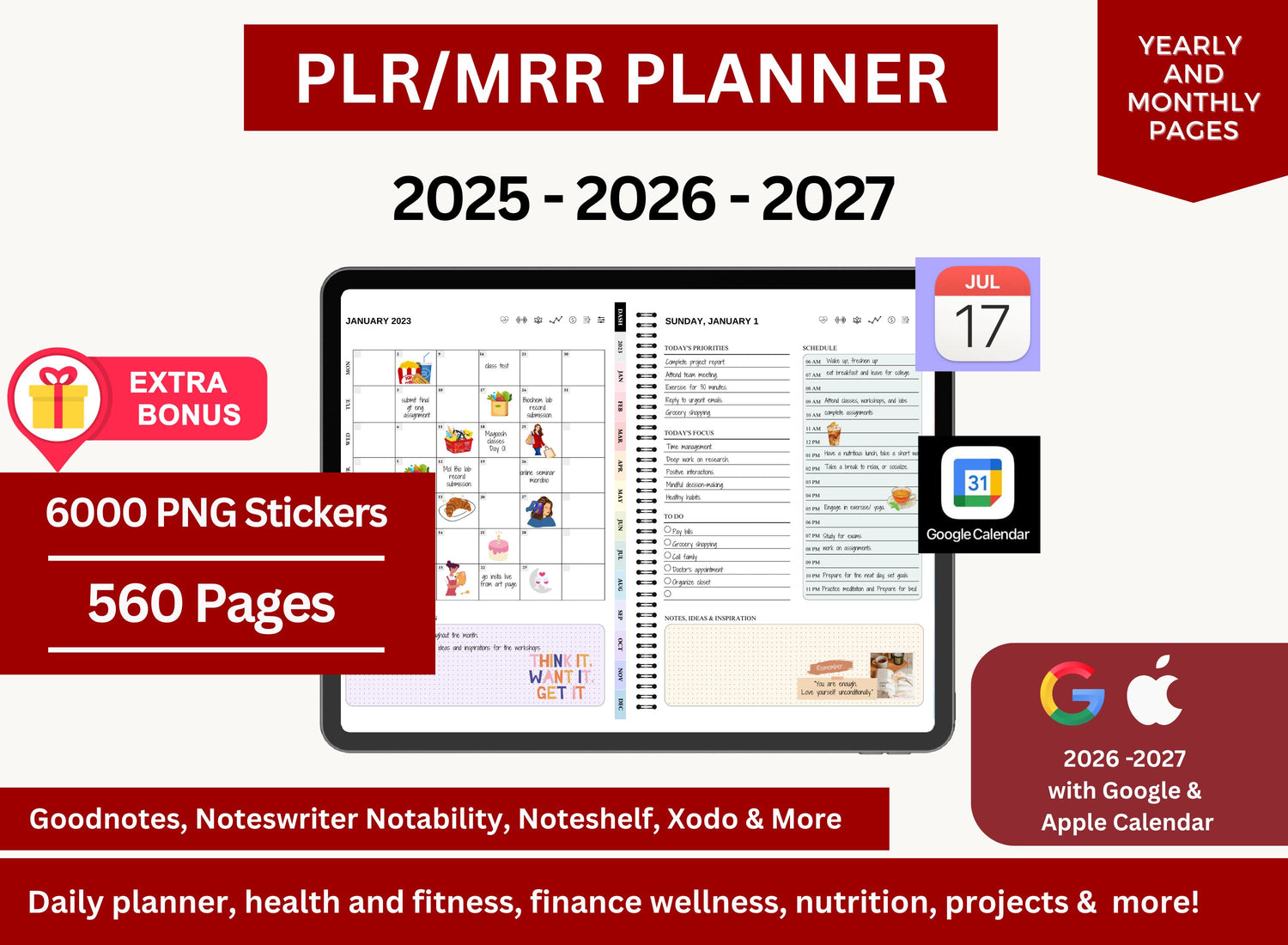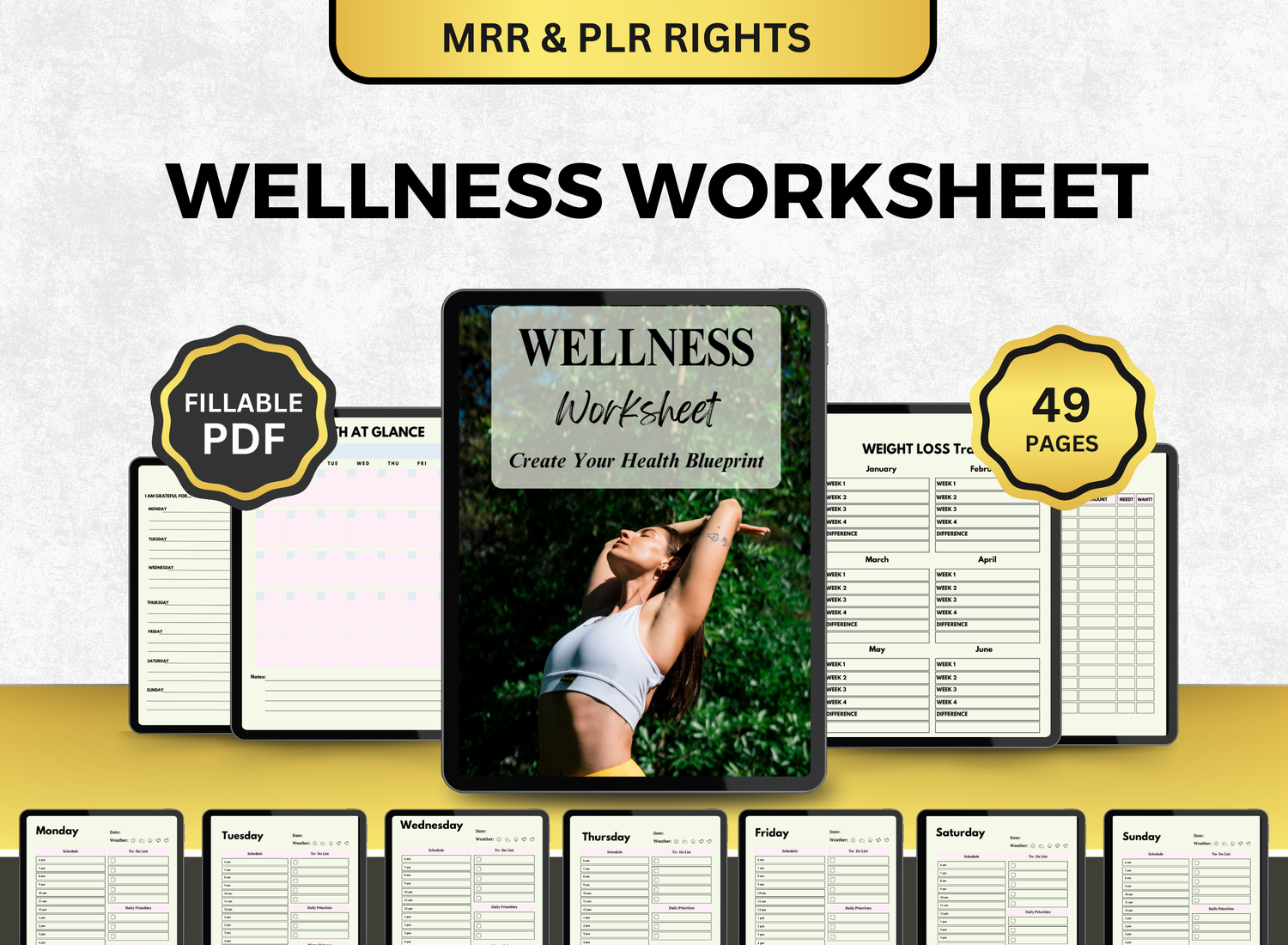Passive Income Secrets: How I Make $200/Day Selling PLR Products on Etsy
I didn’t think it would work at first. Selling digital products on Etsy? With PLR content? It sounded like one of those too-good-to-be-true side hustle promises you scroll past at 2 a.m. when you're already questioning your life choices.
But I kept hearing about it. On Reddit threads, in YouTube rabbit holes, even casual mentions in podcasts. And while I wasn’t exactly desperate, I was…curious. Tired, too. My 9-to-5 was enough to pay the bills, but not enough for anything else. The idea of passive income had been floating around in my brain for years—never really landing. Until it did.
TL;DR
What I Do |
Why It Works |
|---|---|
| Sell PLR digital products on Etsy (templates, guides, etc.). | No creating from scratch—just rebrand, list, and let the downloads roll in. |
| Focus on trending niches and optimize listings. | Etsy’s search brings the buyers, I just show up with what they’re already looking for. |
What Even Is PLR?
Let’s back up a bit.
PLR stands for Private Label Rights. Essentially, it's pre-made content—ebooks, planners, templates, courses, you name it—that you can legally resell as your own. You’re allowed to edit it, rebrand it, change the cover, tweak the title, and then list it on platforms like Etsy or Shopify or even your own site.
There's also something called Master Resell Rights (MRR), which means not only can you sell the product—you can also sell the resell rights themselves. It's like a digital version of wholesale, but with no inventory and way fewer headaches.
Sounds a bit sketchy? Maybe. But it’s totally legal, widely done, and—when approached thoughtfully—genuinely valuable for buyers.
(An example of a digital worksheet bundle with PLR; Etsy shop worksheet bundle.)
Why Etsy?
You’d think Etsy was just for handmade crafts and vintage decor, right? That’s what I thought too. But Etsy has quietly become a massive marketplace for digital downloads—printables, checklists, journals, affirmation cards, wall art, budgeting planners, and so on.
And people are buying these things. Like, every day.
The key? Etsy brings the traffic. You don’t need to be a marketing genius with a huge following. If you use good keywords, make your product look clean and useful, and hit the right niche—it can sell.
And when it sells once, it can sell again. That’s the beauty of passive income.
So… How Did I Get to $200/Day?
It didn’t happen overnight. I started with one listing. A wellness planner I found inside a PLR bundle. I edited the cover in Canva, changed the fonts, rewrote the description, and uploaded it with some Etsy SEO tips I picked up online.
It sold within the first week. Just once. $7.99. Not life-changing—but it was proof of concept.
From there, I kept going. I added more products. Niches like:
- Business planners
- Meal prep guides
- Daily affirmations
- Budget trackers
- Digital journals for moms, students, even dog owners (yes, seriously)
Eventually, I found a groove. I created product variations, bundled a few together, ran a sale here and there, and started seeing consistent daily sales. Some days $80, some days $220. Now I average around $200/day, which translates to roughly $6,000/month.
Not bad for something I built on evenings and weekends, often while watching reruns of The Office.
(An example of a budget tracker; bookkeeping tracker.)
The Tools That Helped Me Most
There are a few things that made this doable without driving me insane:
- A good PLR source. You don’t want junky, outdated content. I stumbled on a digital planner bundle from PLR Duck. Honestly, that was a game changer. It had hundreds of editable digital products in high-demand niches. I didn’t need to create from scratch—just rebrand and list.
- Canva Pro. It made editing the PLR content ridiculously easy. I could tweak fonts, colors, layouts—and suddenly it felt like my own product.
- EverBee. It’s a Chrome extension that helps you analyze what’s selling on Etsy. It gave me insight into pricing, search terms, and trends so I wasn’t shooting in the dark.
- Google Drive + PDF Editors. Simple tools to repackage and deliver files. Nothing fancy.
I know this might all sound a little overwhelming, but honestly? Once you get over the initial hump—like understanding how Etsy works, figuring out basic SEO, and setting up digital downloads—it becomes surprisingly repeatable.
(An example of a editable digital product; fitness planner.)
The Secret No One Talks About: It's Not About Perfection
This is something I wish someone had told or taught me earlier on.
You don’t need the perfect product to start.
People are buying digital planners that have typos. I’ve seen best-selling templates with clunky formatting. Etsy buyers are forgiving—as long as your listing is clear, your preview images are decent, and the product does what it promises.
That’s not to say you should slap up garbage. But don’t let the pursuit of perfection keep you from starting.
You can always update your listing later. I’ve gone back and changed titles, swapped covers, bundled old products into new offers—and each time, I saw a little bump in sales.
What About Competition?
Yeah, there’s competition. A lot of it.
But that doesn’t mean there’s no room for you.
Most sellers give up too soon. They list one product, maybe two, and when it doesn’t sell right away, they bail. Or they copy other sellers exactly, which is honestly just lazy—and Etsy’s algorithm doesn’t love copycats.
What works better? Picking a niche you understand, or at least care about a little. If you're into fitness, sell digital workout journals or meal trackers. Into self-development? Offer productivity planners or gratitude logs.
You’re not inventing the wheel here. Just making it look better. More useful. More you.
Can Anyone Really Do This?
Short answer? I think so.
You don't need to be a graphic designer. You don’t need to have a business degree. Heck, I barely knew how to use Canva when I started. But if you’re willing to learn as you go, mess up a bit, and stick with it—it works.
I know people who were laid off, single moms, college students, folks deep in debt—who turned things around by building a small but steady side hustle selling digital products.
That’s why I often recommend downloadable editable template collections to beginners. It just removes so much of the guesswork. Instead of asking “what should I sell?” you can start by asking, “which of these can I rebrand the fastest?”
There’s a huge difference.
(Editable Canva templates; Etsy seller bundle.)
A Few Extra Tips
If you’re actually considering this, here are a few little things I’ve learned the hard way:
- Name your files clearly. Buyers get annoyed if they download something called “Untitled Final Planner V2”.
- Add instructions if needed. A quick “How to Use” page can prevent bad reviews.
- Use mockups in your listing. Show your digital product in action—on a phone, tablet, or printable sheet.
- Price fairly but don’t underprice. $7 to $15 is a sweet spot for most digital downloads on Etsy.
- Take reviews seriously. A good review can bump your product in search. A bad one can tank it.
Is It Truly Passive?
Yes and no.
Once your products are listed, and your delivery system is set up, it’s mostly hands-off. But “passive income” is never 100% passive. You’ll answer the occasional message. You’ll want to update listings. Maybe run a sale now and then.
But compared to selling physical products? Or trading your hours for dollars? It’s a massive shift in energy.
That’s the beauty of digital products. You create once. You sell forever.
And the PLR model makes it accessible even if you’re not a creator at heart.
(Another example of an editable digital product; ADHD planner-dark version.)
Final Thoughts (That Might Contradict a Few Things I Just Said)
Some days I wonder if it’ll dry up.
Maybe Etsy changes its algorithm. Maybe AI-generated content floods the market. Maybe buyers shift their habits, or the niches I’m in get saturated.
But then I remember—every platform evolves. Every business model has risks. And the only real constant is adaptability.
If you’re thinking about jumping in, my only real advice is: start. Start messy. Start unsure. Just… start.
You might make $10 your first week. Or nothing. But every listing is a skill gained. And those small wins? They build up.
I didn't think I'd hit $200/day either. But here we are.
You don’t need to be an expert—just consistent. And if you're going through a tough season financially (or mentally), digital products can be a light at the end of the tunnel. Tools like digital product bundles or printables can give you a serious head start—no gatekeeping.
This isn’t passive at first. But it gets passive over time. And that’s the beauty of it.












